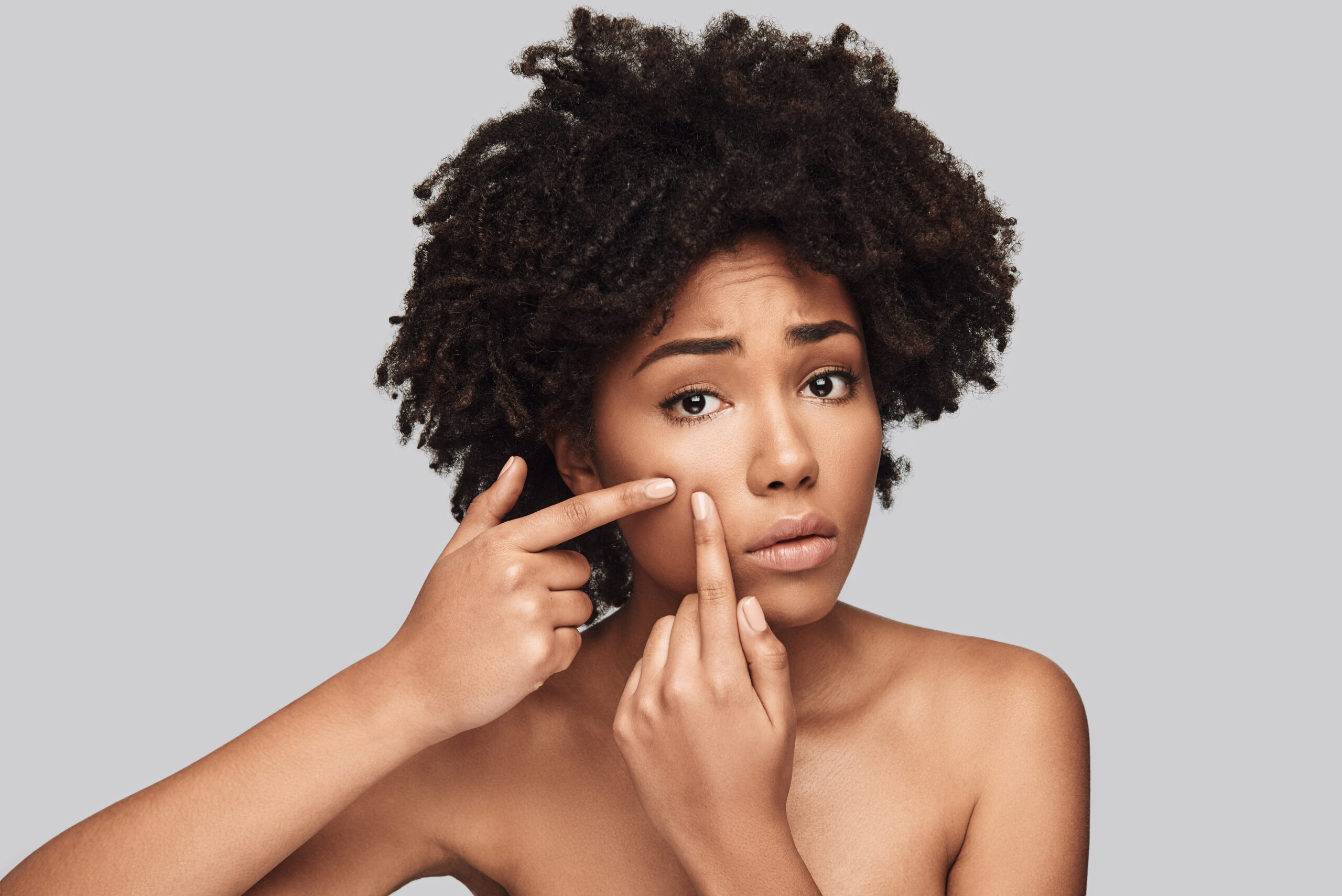How Does PDT Work?
Photodynamic therapy with blue light kills the bacteria (P. Acnes) that causes acne. How long does the treatment take? Each photodynamic treatment takes about 15-60 minutes, depending on the condition of your skin and the extent of the condition that is being treated, and usually a series of treatments is needed to fully treat your condition. The sessions are spaced two weeks apart to permit the optimal results of blue light photodynamic therapy to be achieved. Maintenance visits are frequently preferred to retain the benefits, and results are often noticeable from as little as two weeks to two months after beginning the treatments. Blue light photodynamic therapy usually produces results quicker than those achieved with using blue light alone. What will the process entail? The Levulan, which is a clear painless solution, is applied to your skin and left on for 15-60 minutes. It is then activated with a specific wavelength of light called BLU-U. This takes about 10-16 minutes. Alternate treatments may use Vbeam which can effectively multiply the bacteria-killing action of deeper cystic acne.
The Levulan is absorbed by active cells like acne sebaceous gland, making the targeted acne cells more sensitive to the light. This combined interaction of the solution and the light is what gives rise to the term “photodynamic therapy”. An important part of the treatment program is medical extraction of blackheads and acne pustules. This procedure will expedite the improvement in your skin condition by cleaning the pores of hardened sebum and infected debris. This can be achieved with microderm abrasion or JetPeel. The treatment reduces skin oiliness and minimizes the appearance of pore size. The entire skin texture improves following a Photodynamic Acne Treatment.
